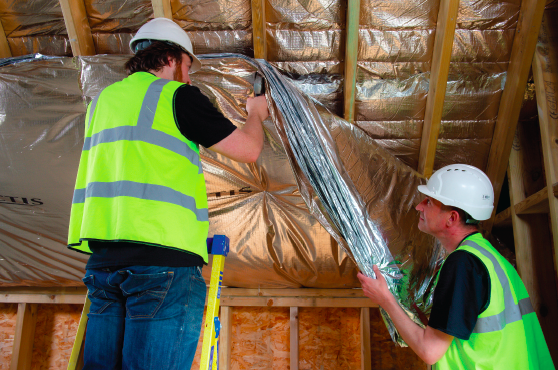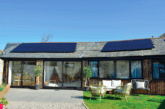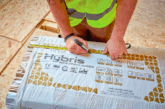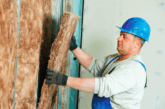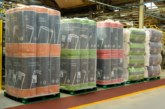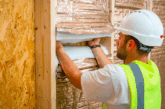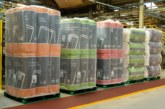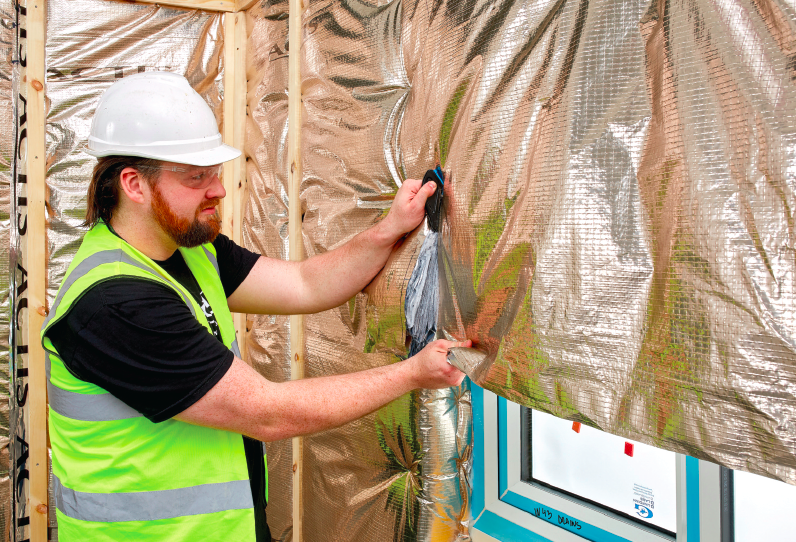
As the uK’s weather becomes increasingly unreliable, with warmer summers and colder winters, should new build insulation prioritise thermal efficiency or summer comfort? Mark Cooper, uK and ireland sales manager at Actis insulation explains that the two may not be mutually exclusive.
With the effects of climate change increasingly impacting day to day life, new homes need to be built not only to be as energy efficient as possible, but also to withstand the effects of extreme heat.
On the one hand, Building Regulations legislate that carbon emissions for new builds need to be reduced by around a third over previous levels, while on the other they oblige architects to limit unwanted solar gains and provide a way to remove heat from residential dwellings. And while some of the latter can be achieved with strategic siting of windows, and even the use of brise soleils, housebuilders and architects can go a long way towards ticking both boxes by specifying the correct form of insulation from the get-go.
The idea of using insulation to deflect, as well as retain heat, is perhaps counterintuitive. But the canon of products developed by pan-European insulation specialist Actis is designed to meet the requirements of both Part L (conservation of fuel and power) and Part O (overheating) in the same quick, clean and easy to use package!
Reflective power
It’s well documented that homes insulated with traditional products, designed purely to protect the occupants from winter cold, can be insufferably hot in the summer. But reflective insulations, such as those designed by Actis, have the added bonus of preventing overheating – helping protect the health and comfort of the occupants.
Indeed, its two-in-one Eolis HC reflects 95% of infrared radiation while its wellestablished Hybrid range has also been specifically designed to help buildings stay cool, as well as warm. Interesting information on both thermal efficiency and the use of insulation in helping keep buildings cool is provided via Actis’ popular RIBA – approved CPDs, which have been immensely popular with builders, specifiers, architects and building control officers over the past few years, with thousands of construction Mark Cooper UK and Ireland sales manager at Actis Insulation professionals finding them invaluable as they wrestle with the complexities of ensuring a thermally efficient new build or conversion.
Tomorrow’s Insulation Solutions for Future Homes Standards and Addressing the Performance Gap with Reflective Insulation include information on thermal modelling psi values to calculate heat loss at junctions, the provision of construction details at both design and as built stage, the replacement of SAP methodology with the Home Energy Model (HEM) to calculate energy efficiency, and key aspects of the consultation on The Future Homes Standard.
Tomorrow’s Insulation Solutions for Future Homes Standards gives guidance on how to meet energy efficiency targets which see new build homes having to reduce carbon emissions by 31% over previous levels, while Addressing the performance gap with reflective insulation looks at how to achieve asbuilt performance.
Real-life application
Architectural designer Stuart Ellis, whose Actis-insulated conversion was featured on George Clarke’s popular Remarkable Renovations TV show, says: “Using Actis products is the thinnest way to achieve the desired U-values – and it’s really easy to fit.
“There’s also less waste than PIR board, which has the added benefit of taking up very little skip space. “I specify for a lot of listed buildings, which are really cold, so I build a stud wall inside into which to put the insulation. Obviously, I need to ensure the building is correctly ventilated to avoid condensation so external air bricks can be added to ensure the stone can still breathe. “I believe this is the way forward for listed buildings.”
And Kent builder Alan Downes, who has been using Actis products for the past five years, says of Eolis HC: “It’s an excellent product to install and saves huge amounts of time. I particularly like the large overlap in the surface of the product, which means the joints are much smoother for final plaster boarding.
It also increases U-values to meet current regulations. “The thing that makes Eolis especially good is its flexibility and the ease of installation, particularly over pitched roof angles, allowing for a really professional seal of insulation across the roof space.”
 U-value benefits
U-value benefits
In the winter months the benefit of the Uvalues achieved by using the Hybrid range and Eolis HC come to the fore – by meeting or exceeding required targets depending on the combination used. They’re also ideal in ensuring homes benefit from the maximum possible living space. Because they’re thinner, less of the wall or roof area is taken up with physical insulation – but with the same, or better, thermal efficiency than a traditional alternative.
Actis products are particularly popular with timber framers who can ensure consistent thermal quality across all their homes – and benefit from a much speedier installation process. The systems typically take between 25 and 50% less time to install than traditional alternatives.
Derek Dawson, MD of one such manufacturer, Scandia-Hus, which has used Actis in all its show homes says: “All products have been designed to eliminate thermal bridging by helping to ensure an airtight envelope. The range can achieve the highest U-value requirements with a minimal thickness.”


